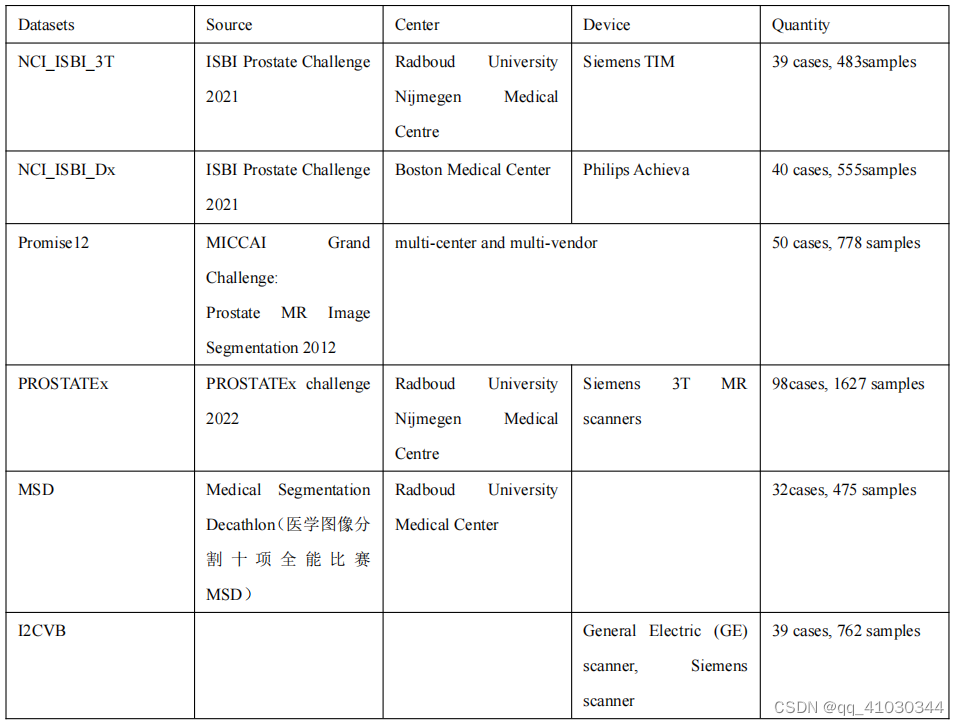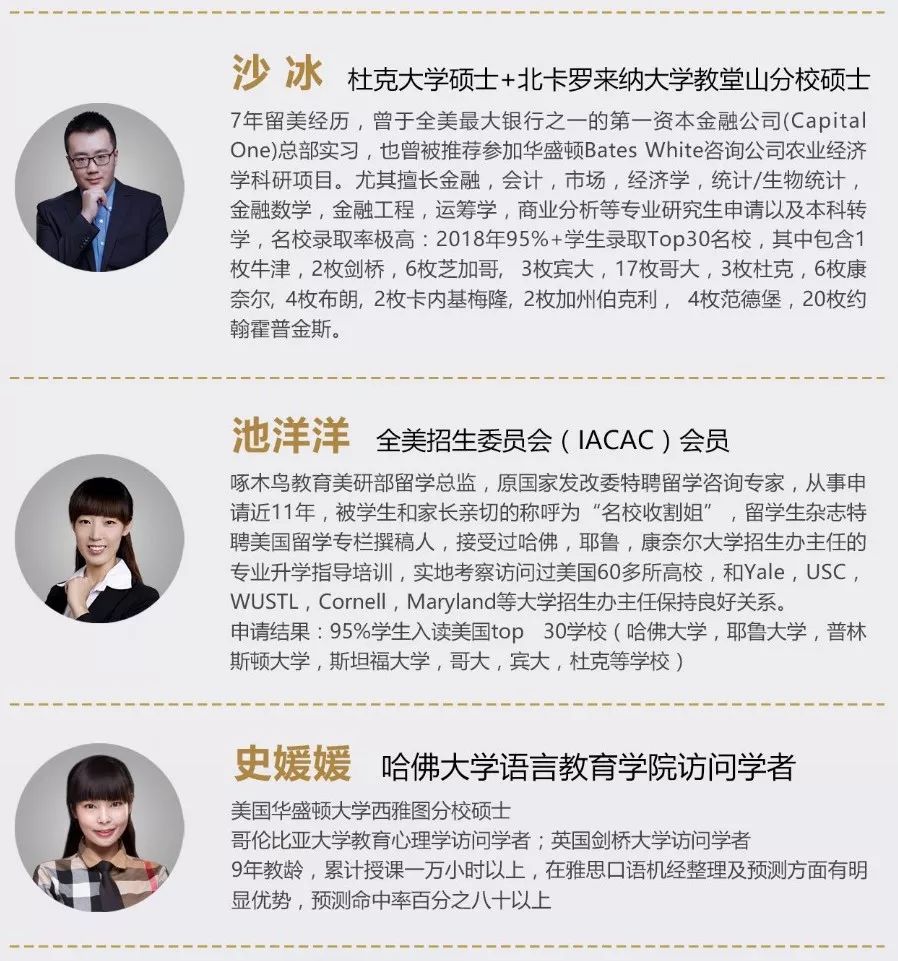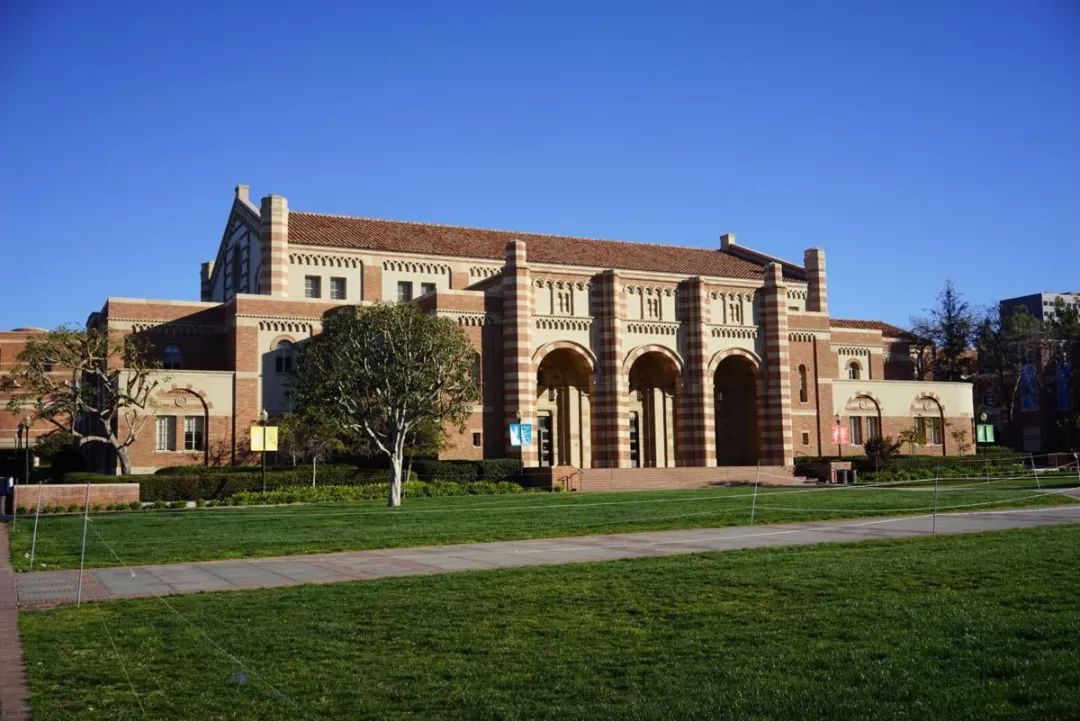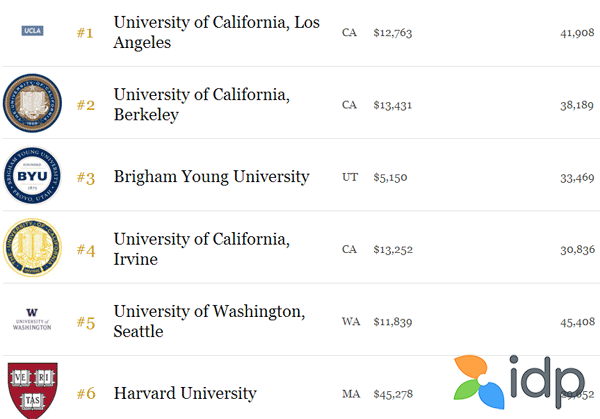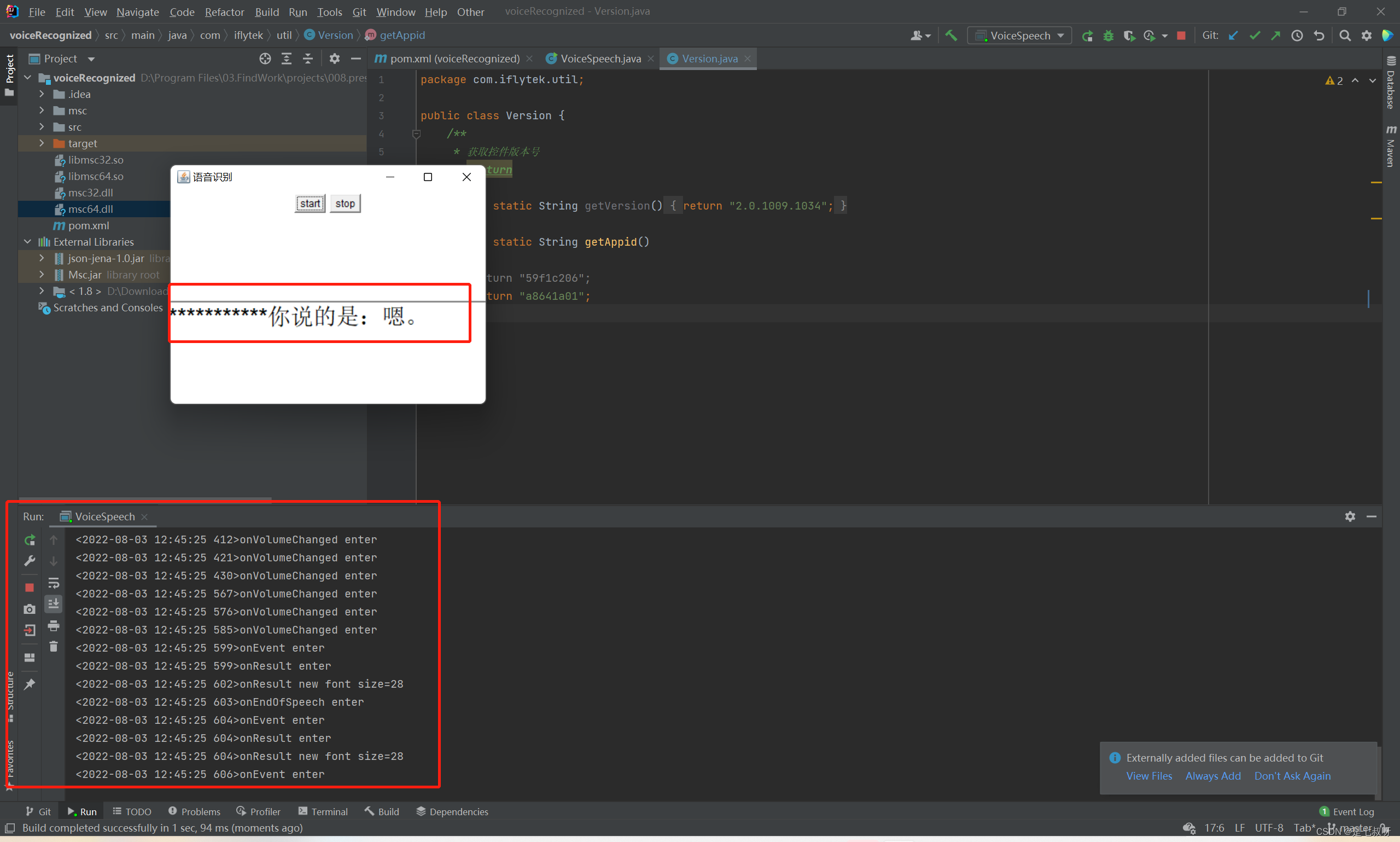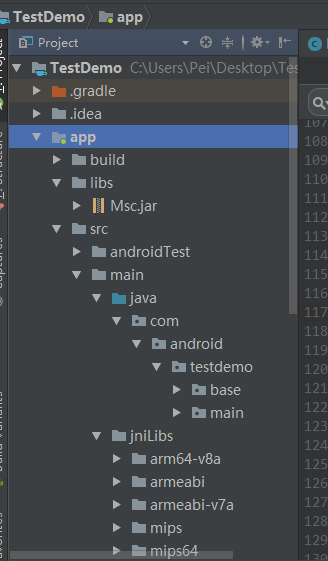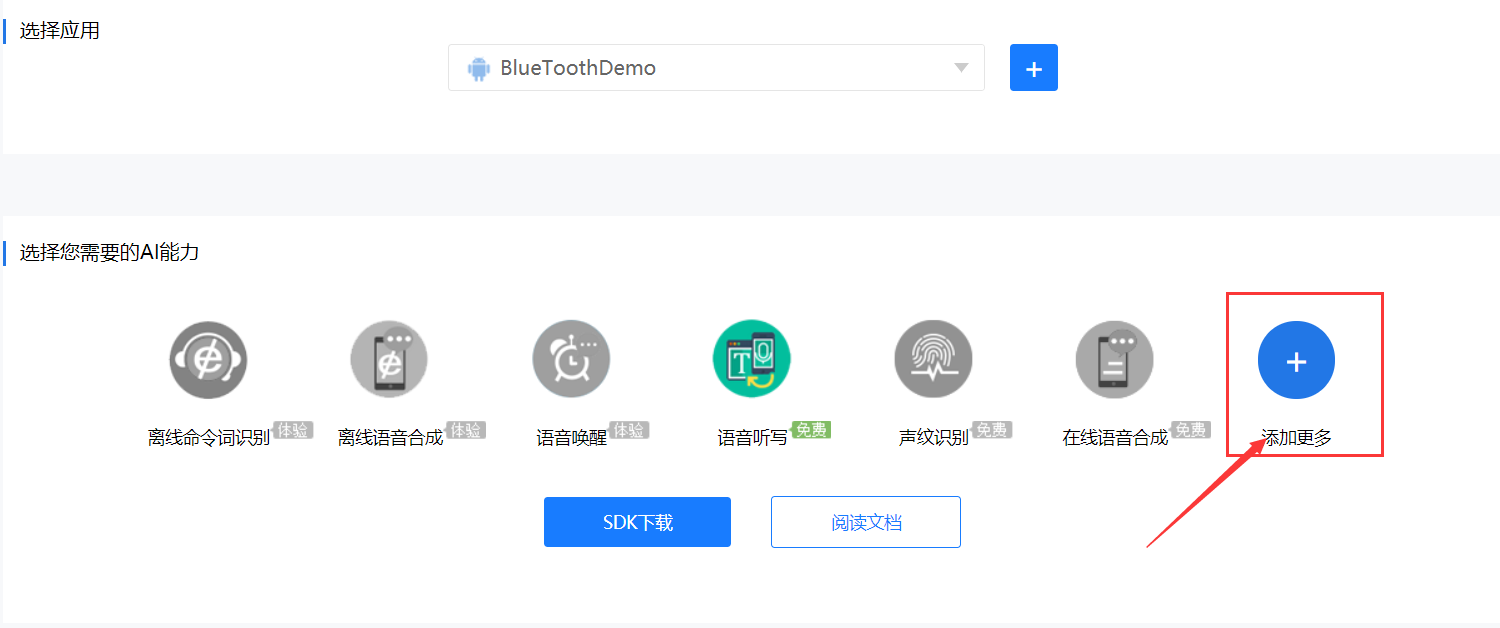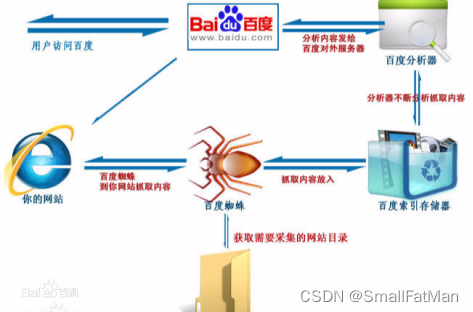ucla ai
Role: UX Researcher / UX Designer / Critical-thinker
角色: UX研究人员/ UX设计人员/批判性思维者
Scope: 4 weeks, March — March 2020
范围: 4周,2020年3月至2020年3月
What I Did: UX Research, Speculative Design, Product Design
我的工作:用户体验研究,投机设计,产品设计
Tools Used: Photoshop, Illustrator, After Effects, Keynote
使用的工具: Photoshop,Illustrator,After Effects,主题演讲
该项目 (The Project)
Problem: Students at UCLA report pervasive feelings of confusion, overwhelm, & guilt during the waste disposal process in residential dorms, leading to little proper sorting and contaminated waste streams. Simultaneously, students express a strong desire to make a positive impact on the environment, yet this desire does not correlate with student efforts or education. This confusion & stagnation pervades student feelings about environmental action and involvement on campus as a whole, disincentivizing meaningful action or mobilization.
问题:加州大学洛杉矶分校的学生报告说,在住宅宿舍的废物处理过程中普遍感到困惑,不知所措和负罪感,导致几乎没有适当分类和污染废物流。 同时,学生表达了对环境产生积极影响的强烈愿望,但这种愿望与学生的努力或教育无关。 这种困惑与停滞充斥着学生对环境行动和整个校园参与的感觉,从而阻碍了有意义的行动或动员。
Objective: My goal is to better understand the forces at play that perpetuate this issue and design a speculative solution that rethinks UCLA’s approach to environmental education, restructures the personal waste disposal system, and systematically prioritizes and reframes the conversation about environmental sustainability.
目标:我的目标是更好地了解使这一问题永久存在的各种因素,并设计一种投机性解决方案,以重新考虑加州大学洛杉矶分校的环境教育方法,重组个人废物处理系统,并系统地确定和重新安排有关环境可持续性的讨论。

语境 (Context)
Initial Ideation: The idea for this project was sparked from my own personal observations of improperly sorted waste in the residential dorms. This observation led to my investigation into the experience of students using UCLA’s waste disposal system in the residential dorms, in order to better understand the observed outcomes. However, the project quickly widened in scope due to the systemic nature of the issue at hand and the more wide-ranging findings from my research.
最初构想:这个项目的构想是我对住宅宿舍中垃圾分类不当的个人观察所激发的。 这项观察结果使我对学生在住宅宿舍中使用UCLA废物处理系统的经历进行了调查,以便更好地了解观察到的结果。 但是,由于手头问题的系统性质以及我研究的更多结果,该项目的范围Swift扩大。
Context: The waste disposal system at UCLA is available to all residents of each building on every floor in a small designated room, and include recycling, trash, and compost bins where students can self-sort and dispose of their waste as needed.
背景信息:加州大学洛杉矶分校的废物处理系统可在指定的小型房间中的每层楼上的所有建筑物的所有居民中使用,并包括回收,垃圾和堆肥箱,学生可根据需要自行分类和处置废物。
Stats: In the last reported 2018–2019 year, UCLA’s daily waste constituted <45% trash, largely due to cross-contamination and improper sorting.
统计:在最近一个报告的2018-2019年,加州大学洛杉矶分校的每日废物构成了<45%的废物,这主要是由于交叉污染和分类不当所致。

初步研究 (Initial Research)
To begin my research, I interviewed 8 global students living in UCLA residential dorms for 45 minutes each and gathered their insights on waste disposal & sustainability at UCLA.
为了开始研究,我采访了8位居住在UCLA住宅宿舍中的全球学生,每人进行了45分钟的访谈,并收集了他们对UCLA废物处理和可持续性的见解。
Initial Primary Questions:
最初的主要问题:
I. How do users relate to the waste disposal process at UCLA, especially in the context of sorting their own waste?
I.用户与UCLA的废物处理过程有何关系,特别是在分类自己的废物时?
II. What are the pain points that users experience in the process of properly disposing of their waste?
二。 用户在正确处理废物过程中会遇到哪些痛点?
To organize my findings, I created 50+ affinity notes and created a categorized affinity map containing quotes and observations gleaned from my interviews. The primary patterns I identified in the interviews culminated in the following guiding statement:
为了整理我的发现,我创建了50多个亲和力注释,并创建了一个分类的亲和力地图,其中包含从访谈中收集到的报价和观察结果。 我在访谈中确定的主要模式最终体现在以下指导性声明中:
Students living in UCLA residential dorms feel overwhelmed, guilty and confused by the waste disposal system on their floor and about broader sustainable action. Students express their wish to be more “sustainable,” yet this sentiment does not correlate with meaningful action.
住在加州大学洛杉矶分校宿舍的学生对自己地板上的废物处理系统以及更广泛的可持续行动感到不知所措,内和困惑。 学生表达了他们希望自己更“可持续”的愿望,但是这种情绪与有意义的行动没有关联。
While my interviews were initially focused primarily on the waste disposal experience in residential dorms at UCLA, these questions proved to serve as invitations to broader reaching discussions between myself and students on their feelings on waste disposal, recycling, and sustainability at UCLA.
虽然我的访谈最初主要集中在UCLA住宅宿舍的废物处理经验,但事实证明这些问题可以邀请我和学生就他们对UCLA的废物处理,回收和可持续性的感受进行更广泛的讨论。
Key Insights — User Experience:↝ Students report feelings of overwhelm, guilt, and confusion whilst disposing of waste in the residential dorms and on campus as a whole.↝ Students express a desire to be more sustainable citizens, yet feel unsure where to begin, and are actively disincentivized by environmental shaming tactics.↝ Students are largely unaware of UCLA’s sustainability goals or the environmental resources available on campus and lack a feeling of ownership over the university’s environmental impact.
关键见解-用户体验: ↝学生报告感到不知所措,内和困惑,同时在住宅宿舍和整个校园中处置废物。↝学生表达了成为更加可持续发展的公民的愿望,但仍不确定从哪里开始, ↝学生在很大程度上不了解加州大学洛杉矶分校的可持续发展目标或校园可利用的环境资源,并且对大学的环境影响缺乏主人翁感。
Key Insights — Problems:↝ There are no repercussions for unsustainable behavior at UCLA besides one’s own conscience.↝ Waste is near invisible to students & they do not see the impact of their actions.↝ UCLA does not provide enough environmental education on LA’s waste disposal regulations.↝ There is a lack of transparency around campus-wide initiatives and UCLA’s environmental goals.↝ Communication around environmental issues is seen as either too administrative, appealing only to identity politics, or framed as optional.
关键见解-问题: beside除了一个人的良心之外,加州大学洛杉矶分校对不可持续的行为没有任何影响。↝学生几乎看不到废物,他们看不到他们的行为的影响。 campus校园范围内的计划和UCLA的环境目标缺乏透明度。around关于环境问题的沟通被视为过于行政,仅呼吁身份政治,或被视为可有可无。

投机设计解决方案 (Speculative Design Solution)
When ideating solutions, I was inspired by the frameworks presented in K.L. Kramer’s User Experience in the Age of Sustainability, and quickly realized that a top-down redesign of UCLA’s approach to sustainability would be necessary to properly address the issues I identified in my research. In response to the overwhelming feelings of confusion students expressed in the interviews, I focused on solutions that prioritized environmental education first and foremost and pulled inspiration from Learning Experience Design principles.
在提出解决方案的想法时,我受到KL Kramer的《可持续发展时代的用户体验》中介绍的框架的启发,并Swift意识到为正确解决我在研究中发现的问题,有必要对UCLA的可持续发展方法进行自上而下的重新设计。 为了回应学生在面试中表现出的压倒性的困惑,我专注于优先考虑环境教育的解决方案,并从“ 学习体验设计”原则中汲取了灵感。
In evaluating and ideating possible solutions, I leaned heavily on the findings from existing academic literature & case studies, and tested each of my ideas on my initial user group, noting and incorporating their feedback through recorded concept testing sessions.
在评估和构思可能的解决方案时,我主要依靠现有学术文献和案例研究的结果,并在最初的用户群中测试了我的每个想法,并通过录制的概念测试会议记录并吸收了他们的反馈。
Solution Statement: In order to effectively address our pressing environmental issues, UCLA’s systems need to streamline sustainable choices and make environmentalism accessible and convenient to students. This approach must be instigated in conjunction with mandatory environmental education for all incoming students and reinforced further by UCLA staff.
解决方案声明:为了有效解决我们迫在眉睫的环境问题,加州大学洛杉矶分校的系统需要精简可持续性选择,并使学生更容易获得环保主义。 这种方法必须与对所有入学学生的强制性环境教育相结合,并由加州大学洛杉矶分校的工作人员进一步加强。
强制性环境教育: (Mandatory Environmental Education:)
↝ Directly address student confusion and overwhelm surrounding waste disposal at UCLA, set sustainable misconceptions straight, and make environmental values a central part of education (inspired by Jakob Nielsen’s fifth and ninth usability heuristics, which prioritize preventing a problem from occurring in the first place & constructively helping users recover from errors)
在加州大学洛杉矶分校直接解决学生的困惑和不堪重负的环境问题,明确提出可持续的误解,并将环境价值作为教育的中心部分(受雅各布·尼尔森(Jakob Nielsen)的第五和第九种可用性启发法的启发 ,该方法优先考虑的是首先避免出现问题;建设性地帮助用户从错误中恢复过来)
↝ Reframe sustainability as personable and accessible to all (inspired by J. Nielsen’s second usability heuristic, which emphasizes the importance of matching the communication style between the system and the real world)
↝将可持续性重新构建为个性化并所有人都可以使用(受J. Nielsen的第二个可用性启发式启发 ,该启发式强调了使系统与现实世界之间的通信方式相匹配的重要性)
简化环境选择: (Streamlining Environmental Choices:)
↝ Minimize guilt and cognitive friction to make environmental choices, instead making the systems in place sustainable by design
ize最小化内感和认知摩擦,以做出环境选择,而是通过设计使现有系统可持续
↝ Realize student’s sentiment to be more environmentally-conscious by shifting social norms and administrative systems in support
by通过改变社会规范和行政管理体系来支持学生的环保意识

投机设计执行 (Speculative Design Execution)
In order to better promote the full utilization of the waste disposal system and contribute to the long-term sustainability of our planet, a redesigned system needs to be crafted to streamline the most sustainable action, while disincentivizing that which is detrimental to the environment. The major adoption of this hypothetical system would be contingent on its’ being more convenient to properly recycle, compost, and dispose of waste than the alternative. Education surrounding sustainability needs to be mandatory, reinforced and presented in a constructive format that avoids shaming.
为了更好地促进废物处理系统的充分利用并为我们星球的长期可持续性做出贡献,需要重新设计系统以简化最可持续的行动,同时消除对环境有害的行动。 该假设系统的主要采用将取决于它比替代方案更方便正确地回收,堆肥和处置废物。 围绕可持续性的教育必须是强制性的,应予以加强,并以避免羞辱的建设性形式进行介绍。
In ideating solutions to this particular issue, I am not focusing on designing a solution to the user’s immediately expressed needs, instead stepping back to make sense of how those needs are reflective of the current system’s inability to guide the user to prioritize the long-term health of the planet. In this way, I am expanding the reach of human-centered design to design for humans in the future tense, as well as the Earth and the animals we share it with, thus adopting an “eco-centric” mindset when evaluating possible solutions.
在针对此特定问题提出解决方案的想法时,我并不专注于针对用户立即表达的需求设计解决方案,而是退后一步来理解这些需求如何反映当前系统无法指导用户确定长期优先事项的能力。地球的健康。 通过这种方式, 我将以人为本的设计范围扩展到了将来时的人类,以及与之共享的地球和动物,从而在评估可能的解决方案时采用了“生态中心”的思维方式。

策略:环境教育 (Strategy: Environmental Education)
目标: (Goal:)
Directly address student confusion and overwhelm surrounding waste disposal at UCLA and make environmental values a central part of education (inspired by UCLA’s C. Saylan & D. Blumstein in their pioneering book, The Failure of Environmental Education (And How We Can Fix It)).
在加州大学洛杉矶分校直接解决学生的困惑和不堪重负的环境问题,并使环境价值成为教育的中心部分(受到加州大学洛杉矶分校的塞伦和布鲁姆斯坦的开创性著作《环境教育的失败(以及我们如何解决)的启发) 。
可行项: (Actionables:)
↝ Add an environmental education session to new student orientation that provides a baseline introduction to UCLA’s sustainable guidelines & goals. Sessions include education on waste streams, a tour of UCLA’s facilities, and a mandatory follow-up online course that students must complete before the quarter begins (similar to alcohol edu, etc).
↝将环境教育课程添加到新学生入学培训中,为UCLA的可持续性指南和目标提供基线介绍。 课程包括废物流教育,加州大学洛杉矶分校的设施参观以及学生必须在季度开始之前完成的强制性后续在线课程(类似于酒精教育等)。
↝ Increase transparency and student involvement in campus-wide environmental efforts.
↝增加透明度,让学生参与校园范围内的环境工作。
↝ Provide more funding for environmental action clubs and initiatives, while introducing grants for sustainable innovation and research.
↝为环境行动俱乐部和倡议提供更多资金,同时为可持续创新和研究引入拨款。
↝ Distribute documentation (posters, etc.) throughout campus about proper waste sorting and directions to dispose of irregular waste.
campus在整个校园内分发有关适当的废物分类和处置不规则废物的指示的文档(海报等)。

策略:简化环境行动 (Strategy: Streamlining Environmental Action)
目标: (Goal:)
Minimize guilt and cognitive friction to make environmental choices, instead making the systems in place sustainable by design (inspired by F. Weder, A. Tungarat & S. Lemke’s expository work in Sustainability as Cognitive “Friction”: A Narrative Approach to Understand the Moral Dissonance of Sustainability and Harmonization Strategies).
最大限度地减少内感和认知摩擦,以做出环境选择,而是通过设计使现有系统可持续发展(受F. Weder,A。Tungarat和S. Lemke在“可持续性作为认知“摩擦”的说明性工作:启发性理解道德的叙事方法中的启发”可持续发展与协调战略的不协调)。
可行项: (Actionables:)
↝ Redesign the waste disposal process to include staff supervision and assistance.
↝重新设计废物处理流程,以包括员工的监督和协助。
分解: (Decomposition:)
↝ User Flow: Beginning with a construction of the current waste disposal process’s user flow, I reimagined a new flow through the lens of streamlining environmental choices, highlighting accountability and education to eliminate guilt and confusion. ↝ Concept Sketch: In this hypothetical process, the user would utilize a staging plane to sort their waste in a supervised setting, as roughly drawn above.
↝ 用户流程:从构建当前废物处理流程的用户流程开始,我通过简化环境选择,强调责任心和教育以消除内和困惑,重新构想了新流程。 ↝ 概念草图:在此假设过程中,用户将使用登台平面在监督的环境中对废物进行分类,如上图所示。

可持续系统设计 (Sustainable Systems Design)
While the aforementioned solutions offer the possibility to improve environmental practices at UCLA, they do not address the underlying cultural issues that perpetuate unsustainability and disincentivize meaningful action.
尽管上述解决方案为改善加州大学洛杉矶分校的环境实践提供了可能性,但它们并未解决潜在的文化问题,这些文化问题使不可持续性长期存在并阻碍了有意义的行动。
In the design of these vital new systems, I was specifically inspired by the work of J. Blizzard and L. Klotz in their A Framework for Sustainable Whole Systems Design, as well as Bill McKibben’s pioneering work in environmental thought.
在这些至关重要的新系统的设计中,J。Blizzard和L. Klotz在“可持续整个系统设计框架”中的工作以及Bill McKibben在环境思想方面的开拓性工作给我特别的启发。
Ultimately, the long-term health of our planet and our species depends on our ability to redesign the unsustainable systems that have landed us at our current state of environmental catastrophe.
最终,我们星球和我们物种的长期健康取决于我们重新设计不可持续的系统的能力,这些系统使我们陷入了当前的环境灾难状态。

学习与挑战 (Learnings & Challenges)
The process of researching & learning about the student waste disposal experience at UCLA quickly turned my focus to the larger systemic sustainability issues present at my school.
在加州大学洛杉矶分校研究和学习学生废物处理经验的过程很快使我的注意力转向了我学校存在的更大的系统可持续性问题。
Growing up in Northern California, the importance of sustainable action has been drilled in me from a young age and further cemented by my environmental studies at NYU. I have always harbored a passion for the intricacies of environmental issues, and have grown increasingly fascinated by the ways in which design thinking and processes can be utilized to cultivate innovative sustainable solutions.
在北加州长大后,我从小就对可持续行动的重要性有了深刻的了解,而我在纽约大学的环境研究进一步巩固了这一点。 我一直对复杂的环境问题怀有热情,并且越来越着迷于利用设计思维和过程来培养创新的可持续解决方案的方式。
This project proved challenging to maintain a narrow scope since the implications and causes of the issues I chose to investigate are systemic and largely cultural. However, I still found it very gratifying to apply and stretch my skills in user research and design to ideate solutions to issues that are more social and administrative in nature.
由于我选择调查的问题的含义和原因是系统性的,并且在很大程度上是文化性的,因此该项目在保持狭窄范围方面具有挑战性。 但是,我仍然感到很高兴能够应用和扩展我在用户研究和设计中的技能,以解决本质上更具社会性和行政性的问题的解决方案。
In the future, I am interested in researching the issue of sustainable inclusion and learning more about how the scope and applicability of environmentalism can be broadened to all. Specifically, I would like to dive deeper into studies that examine how communication plays a role in environmental adoption, and investigate how that communication can be redesigned to resonate with humans from dramatically different backgrounds and perspectives.
将来,我有兴趣研究可持续包容性问题,并更多地了解如何将环保主义的范围和适用性扩大到所有人。 具体而言,我想更深入地研究那些研究交流在环境采用中如何发挥作用的研究,并研究如何重新设计交流以从截然不同的背景和角度与人类产生共鸣。

翻译自: https://uxdesign.cc/sustainability-ucla-113a2d12bf94
ucla ai
本文来自互联网用户投稿,该文观点仅代表作者本人,不代表本站立场。本站仅提供信息存储空间服务,不拥有所有权,不承担相关法律责任。如若转载,请注明出处:http://www.rhkb.cn/news/49769.html
如若内容造成侵权/违法违规/事实不符,请联系长河编程网进行投诉反馈email:809451989@qq.com,一经查实,立即删除!